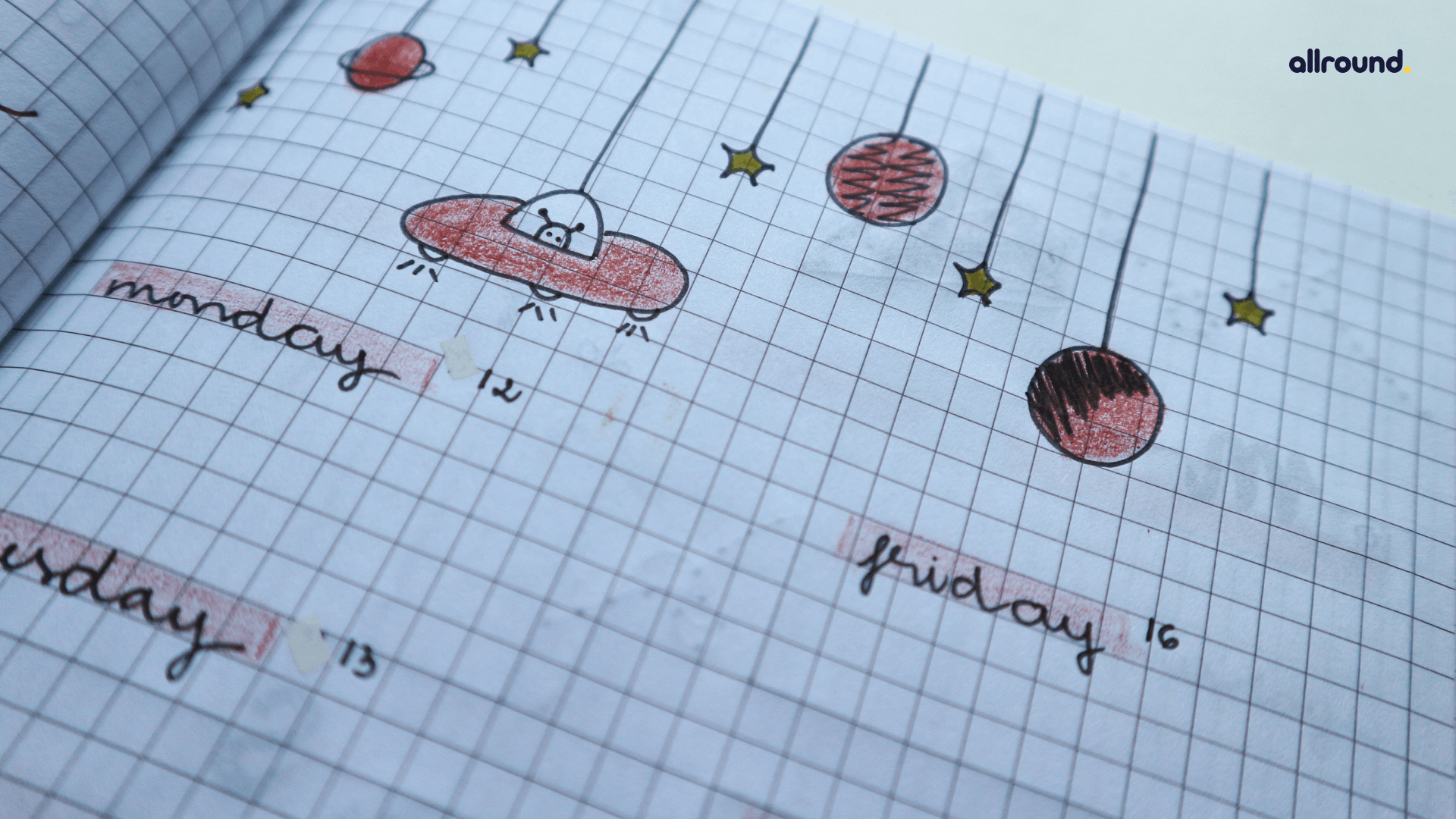Super Simple Schedule Tweaks That Can Make a Huge Impact on Your Homeschool4 min read
As a homeschooling family, it can get challenging – and even boring – to homeschool on some days.
It may feel like drudgery.
But did you know that just making some super simple tweaks to your schedule can seriously make a huge impact on your homeschool? And for everyone!
Just bring in a slight change and you’ll see how there’s a whole transformation that takes place!
The flow of your day will feel different, the quality of your kids’ work will improve, their attitudes to schooling will change and in general, you will feel more satisfied with homeschooling.
Thus, if you’ve noticed that lately there’s been a lot of grumbling and cribbing in your homeschool, from either you or your kids – or both, why not try these simple schedule tweaks and hope they work for you!
-
Contents
Try a four-day week
Hear us out, we’re not saying that you completely throw school out the window one day of the week. What we’re suggesting is this: you only schedule core subjects on four days of the week. And continue to do other educational activities on the fifth day. So, you can still continue to mark five days on the attendance schedule!
These educational activities can consist of field trips, co-op classes, enrichment activities and even catch-up days.
Keeping the last day of the week as a catch-up day could work really well for your kids. They get that day to catch up if they have gotten behind on their work. and if they’re all caught up, then you can do stuff like reading or work on their hobbies.
-
Give your kids control of their schedule
Giving your kids control of their schedule may sound like a recipe for disaster. Do you never know what could come your way – too much screen time? Lots of sleeping in?
But what if we asked you to give it a try nonetheless? You might actually be surprised by the results!
Allowing your kids the liberty to take charge of their schedules may look different for different age groups as well as maturity levels.
For instance, for younger children, it may look like giving them choices such as what they’d like to do next – spelling or math. For older kids (upper-elementary to middle-schoolers), it may mean giving them daily/weekly assignment sheets and allowing them to choose either the days or the order in which they get to complete all their schoolwork.
-
Use block schedules
Block schedules usually work really well for subjects that require more time like lab sciences or history projects that are hands-on. So, instead of spending bits and pieces of time on these subjects every day, you break them up into two or three long periods of study every week.
Block scheduling means that you can dive into a subject and not worry about rushing through it in order to finish and move on to the next subject.
Try to focus on just a few subjects in detail rather than trying to cram everything in a day and feeling stressed, exhausted, scattered and rushed as a result. Your kids will surely be willing and able to invest more time into each subject with very little to no complaint.
-
Try to sync your schedule with your kids’ rhythms
As you’ve noticed, sometimes our schedules don’t work out because they’re not working as per our natural cycles of productivity and alertness.
Try to figure out what times of the day work best for your kids to study and be attentive. Maybe your kids can focus better at midday or after lunch. You could try and tackle the easier subjects in the mornings and then take on the others after lunch.
Maybe reading aloud after lunch isn’t the best idea if it’s causing everyone to fall asleep! You could reserve this for before lunch when everyone’s brains are still working at a good pace.
-
Add in loop schedules
Loop scheduling is the perfect solution for all of those extras that you’ve been wanting to add to your homeschool. Keep a list of the activities that you would like to complete and set some time aside for them in your weekly schedule.
You can have stuff like photography, poetry, music, cooking, art and even geography on your loop schedule list! Set around an hour aside on Monday, Wednesday and Friday of every week. You could do photography on Monday, poetry on Wednesday and then do art on Friday.
Loop scheduling helps to make room for fun activities and studies that you want to include in your homeschool without stressing about trying to squeeze them in on a daily basis.
Homeschooling should be fun and educational for everyone. You want to create an atmosphere of learning that your kids are drawn to. If your homeschool has been feeling like a chore lately, then you know it’s time for you to switch things up.
While these are just a few super simple schedule tweaks, they could make a huge impact on saving everyone’s sanity!




